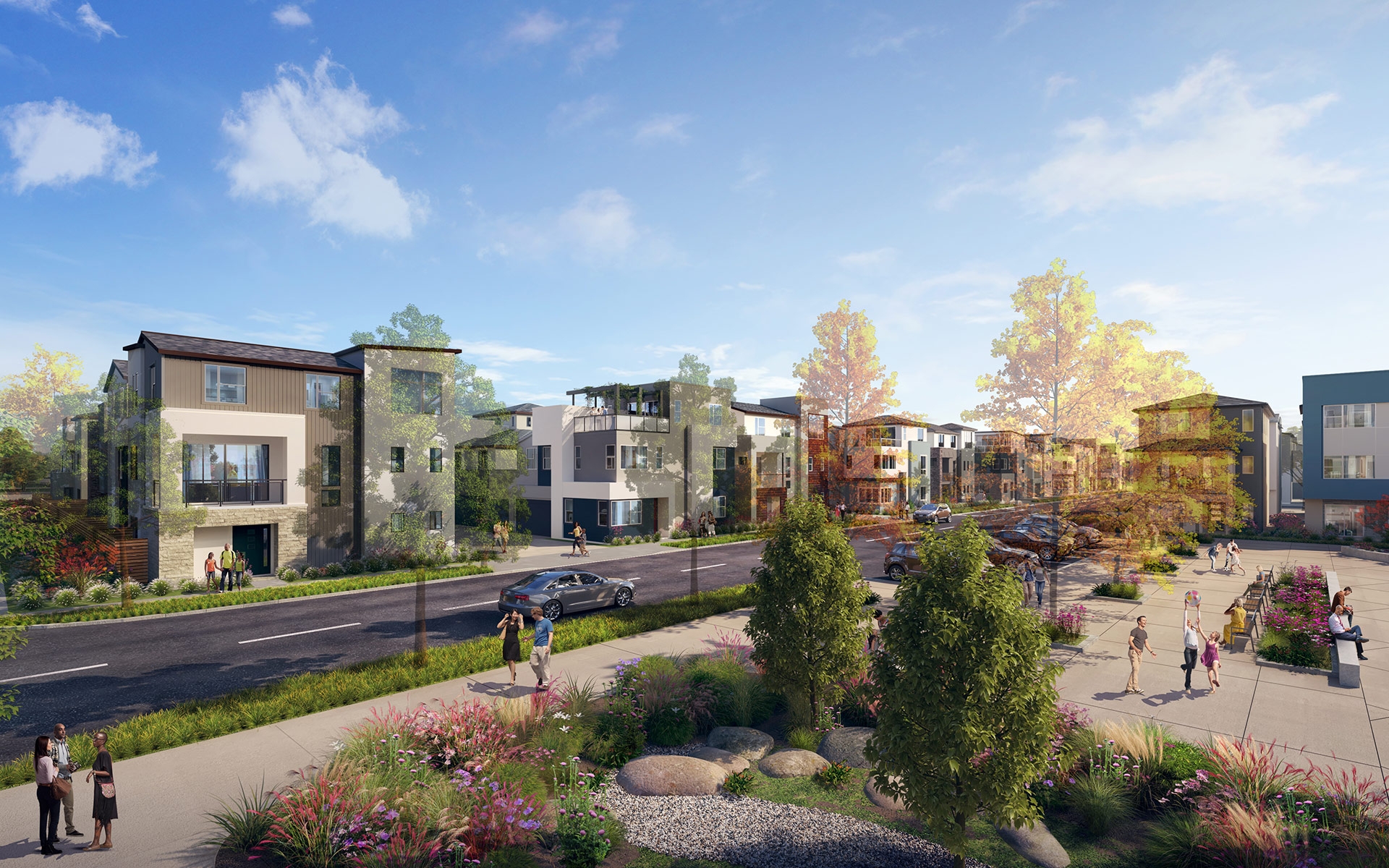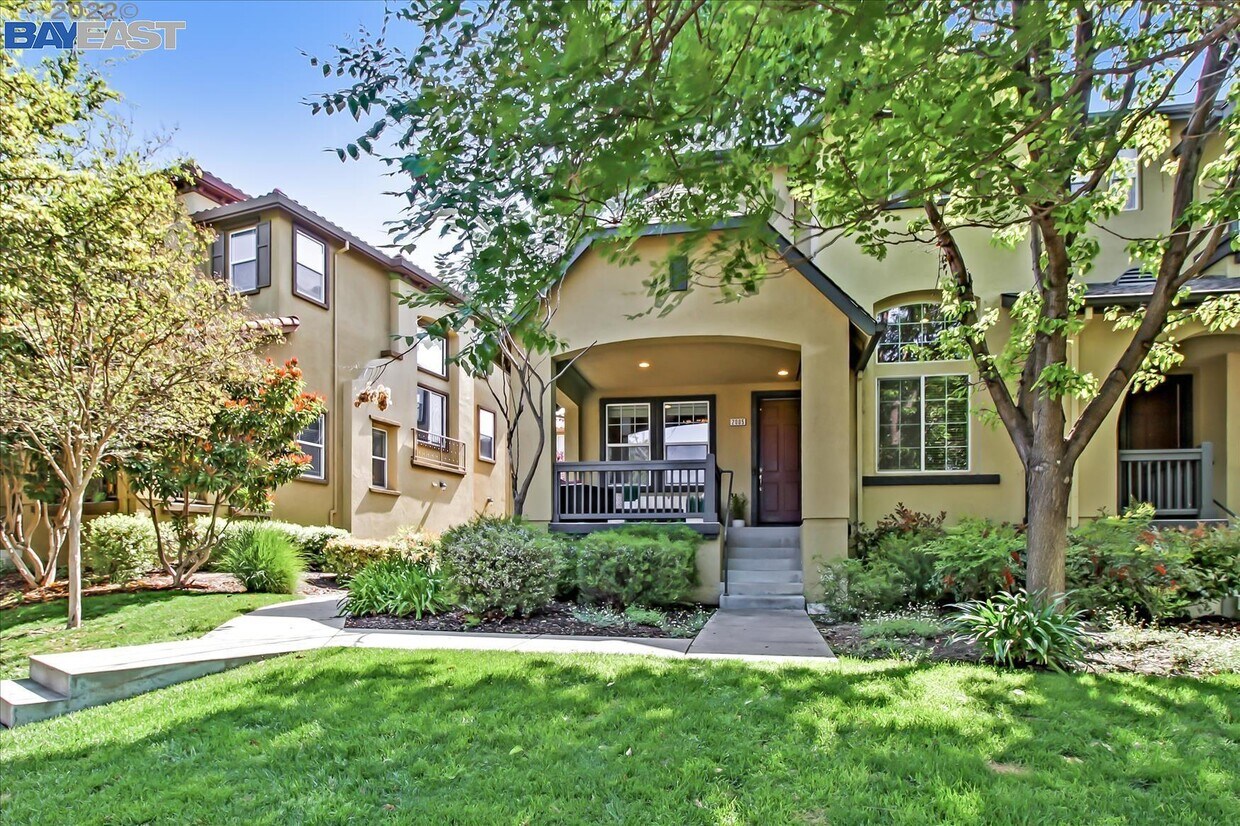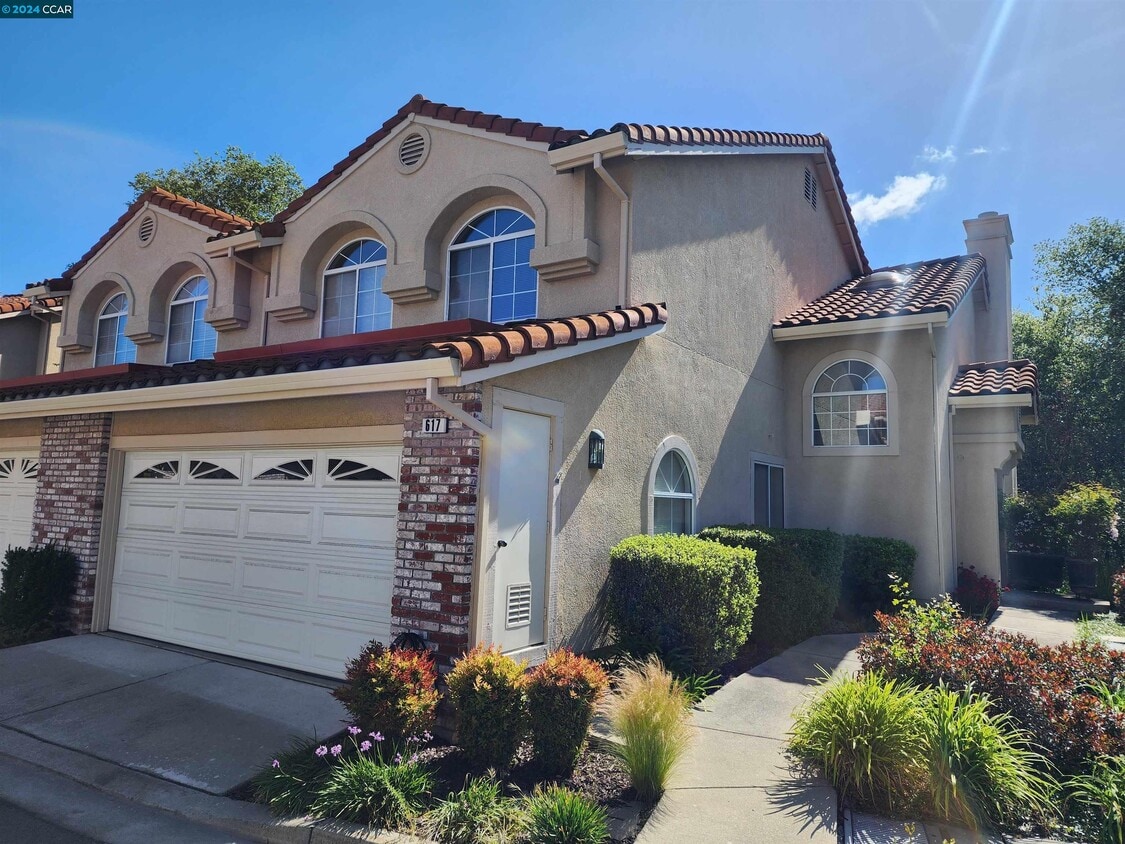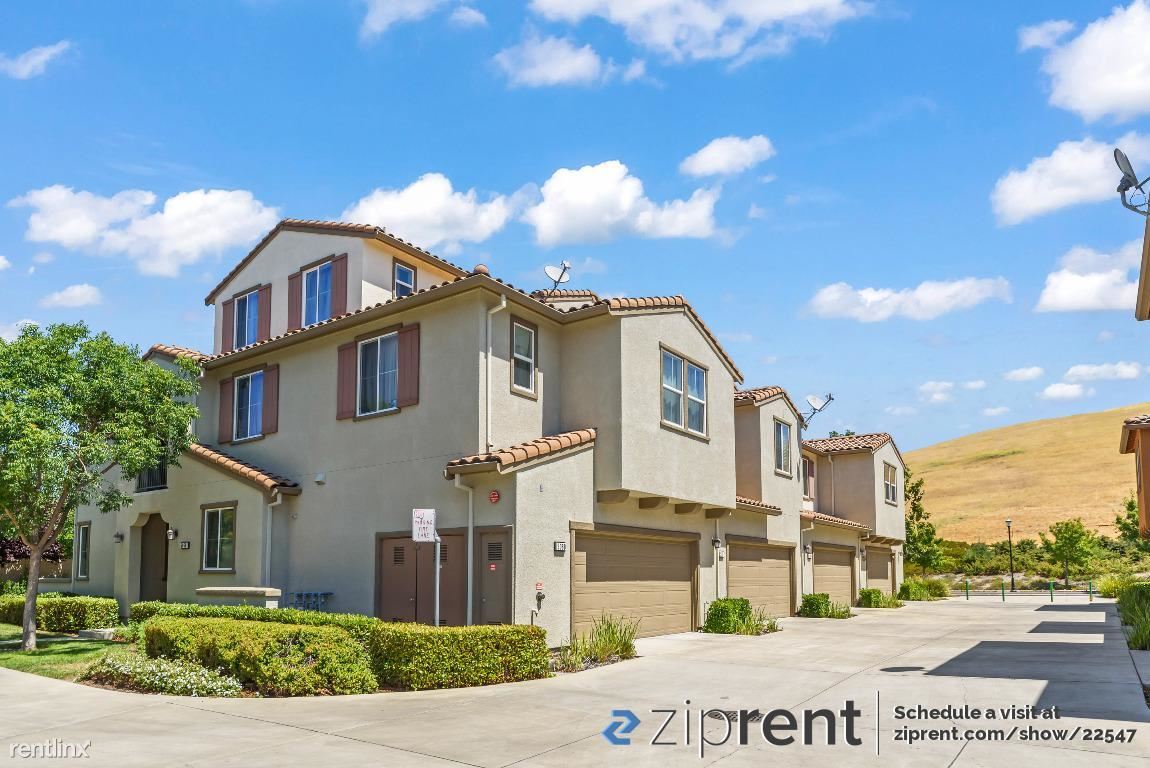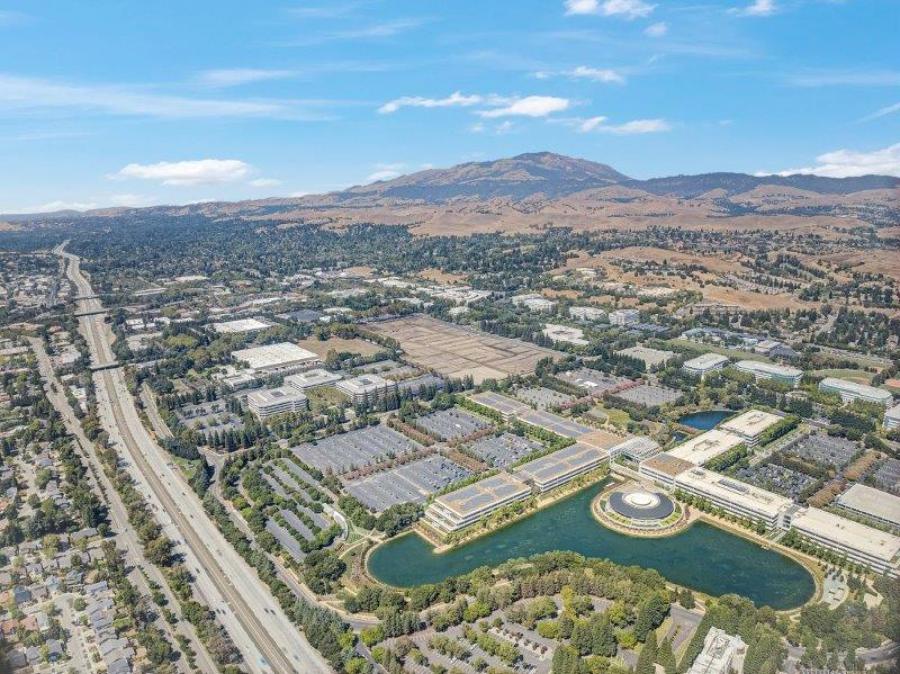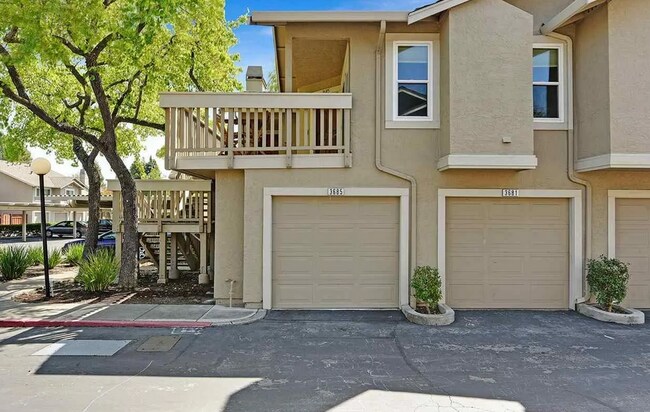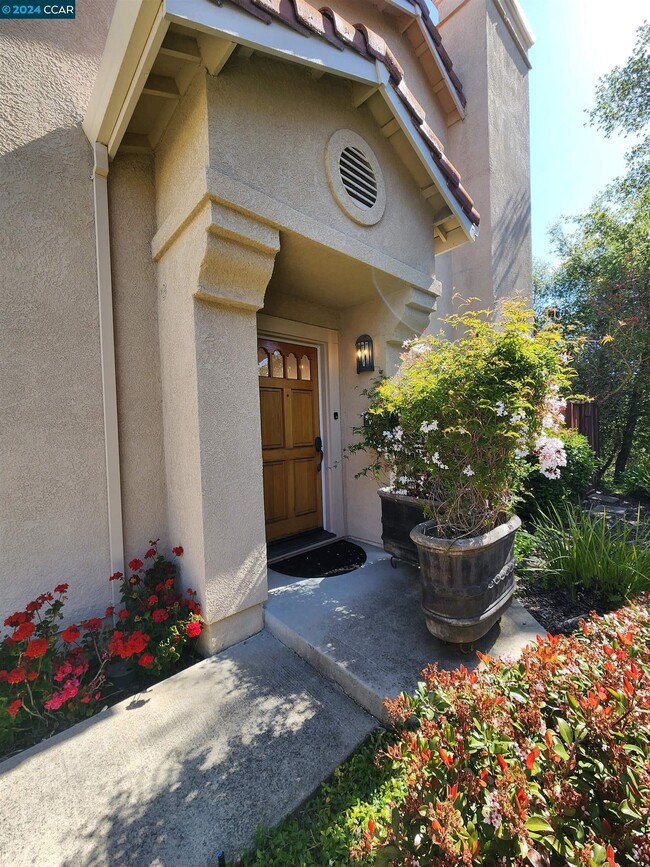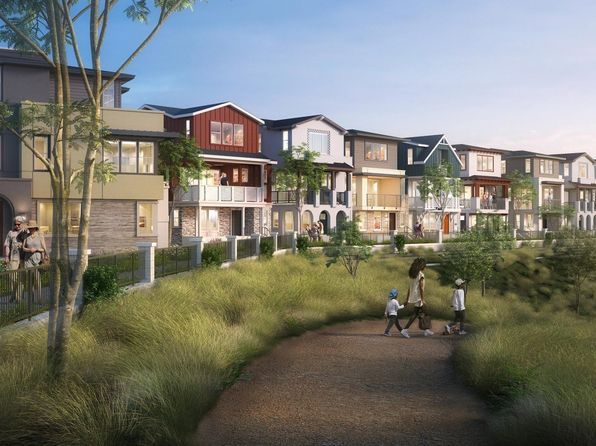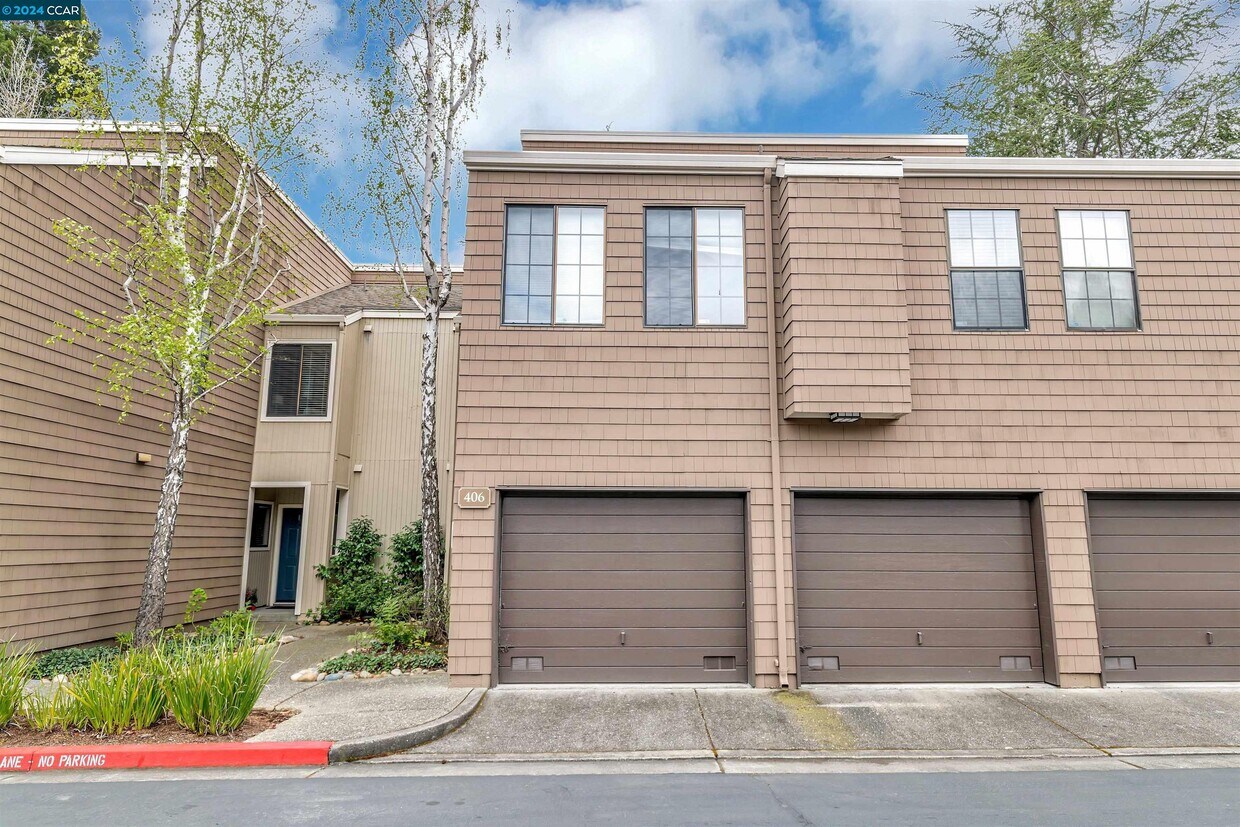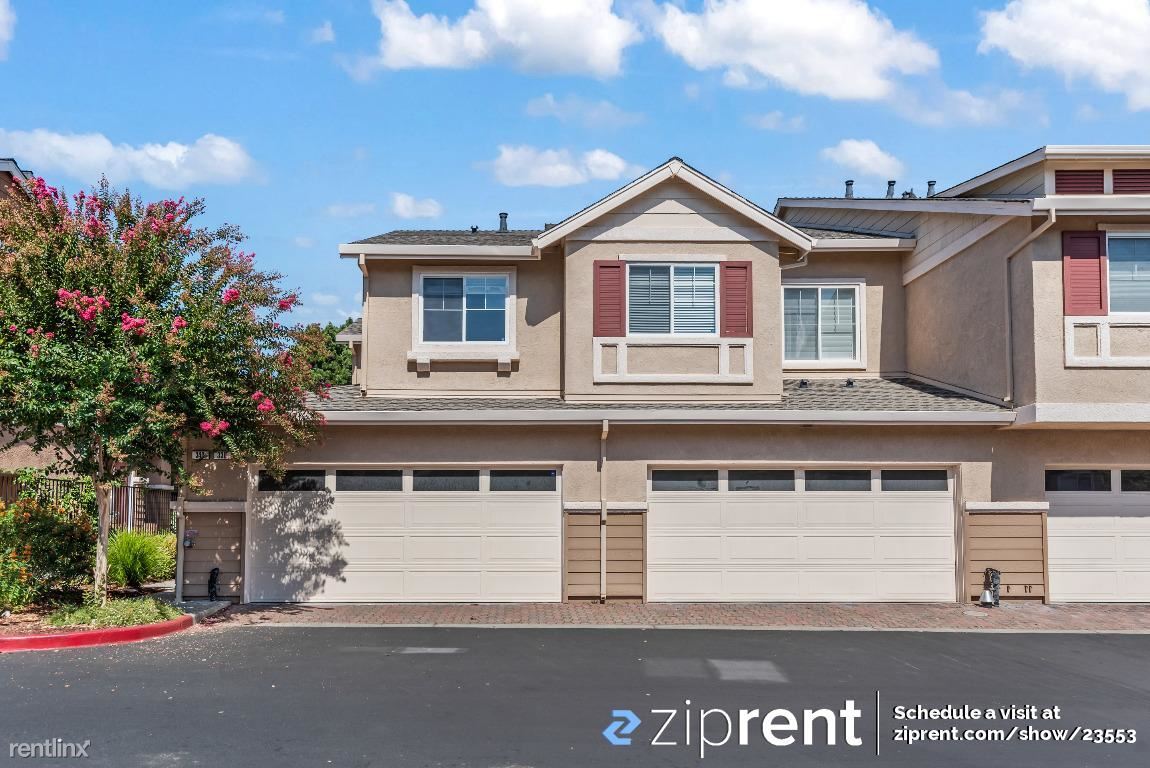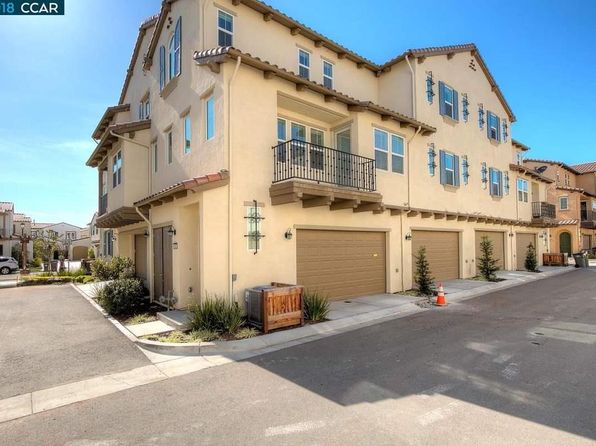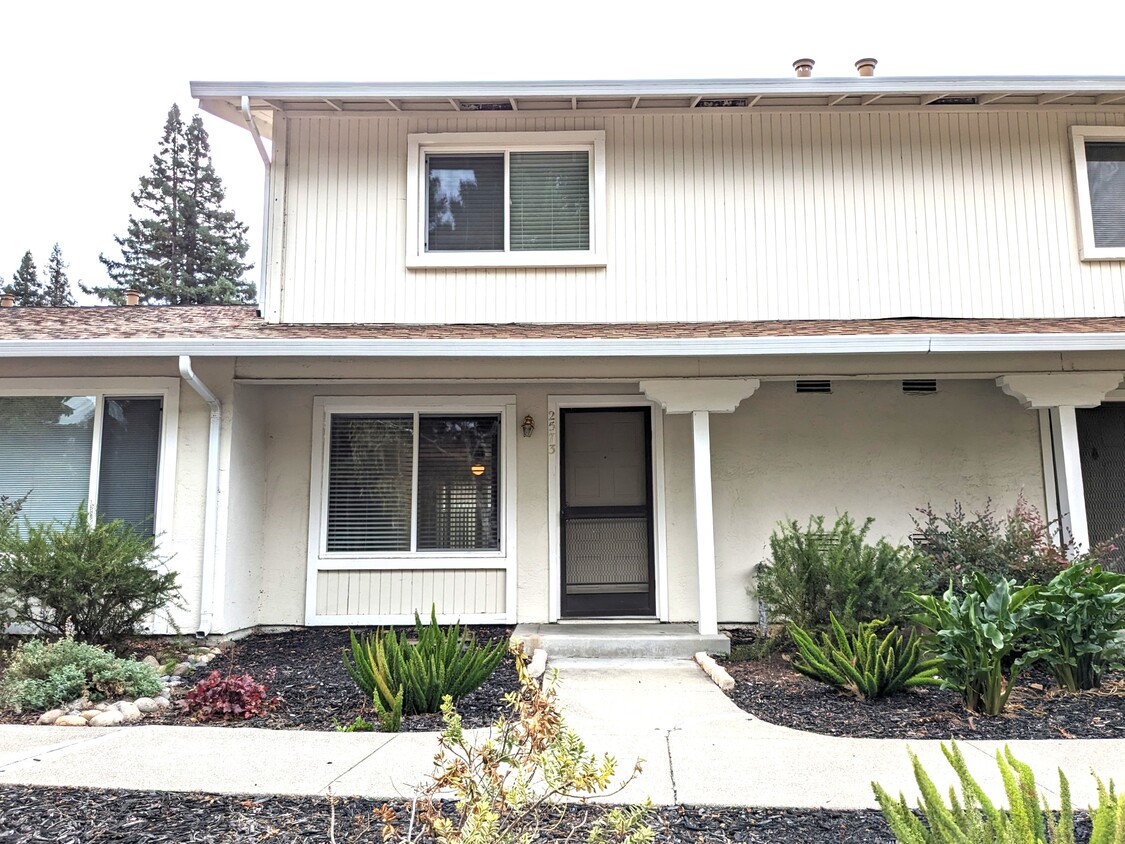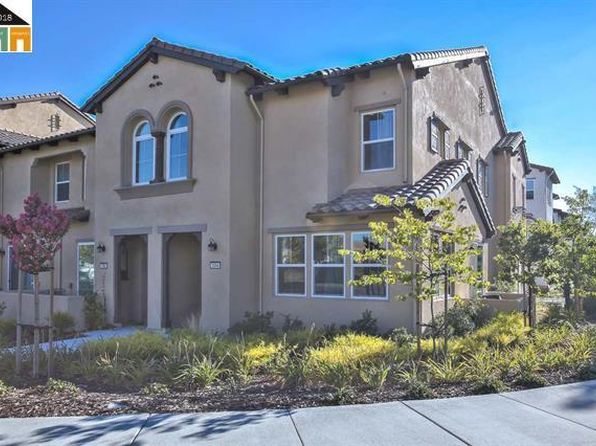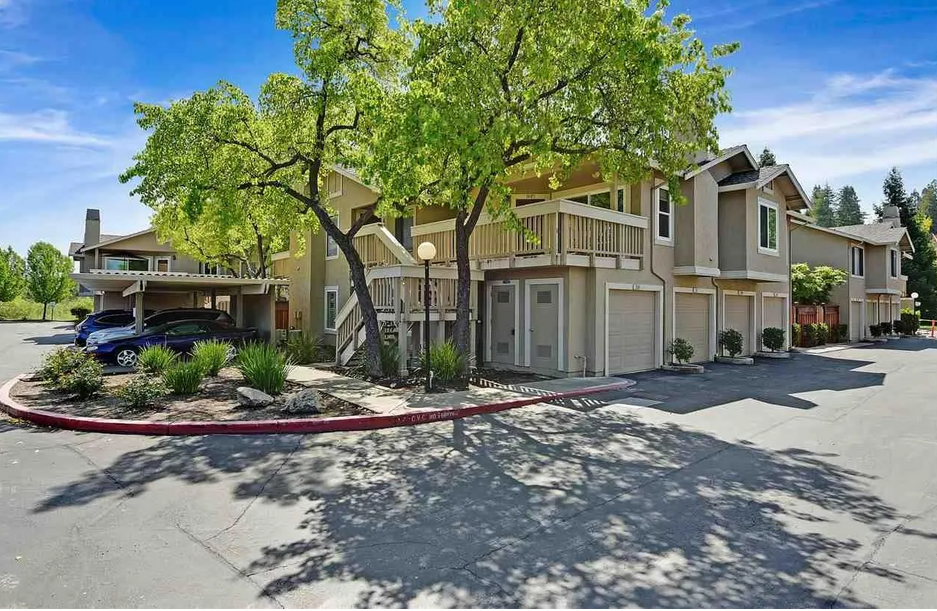New Townhomes In San Ramon Ca
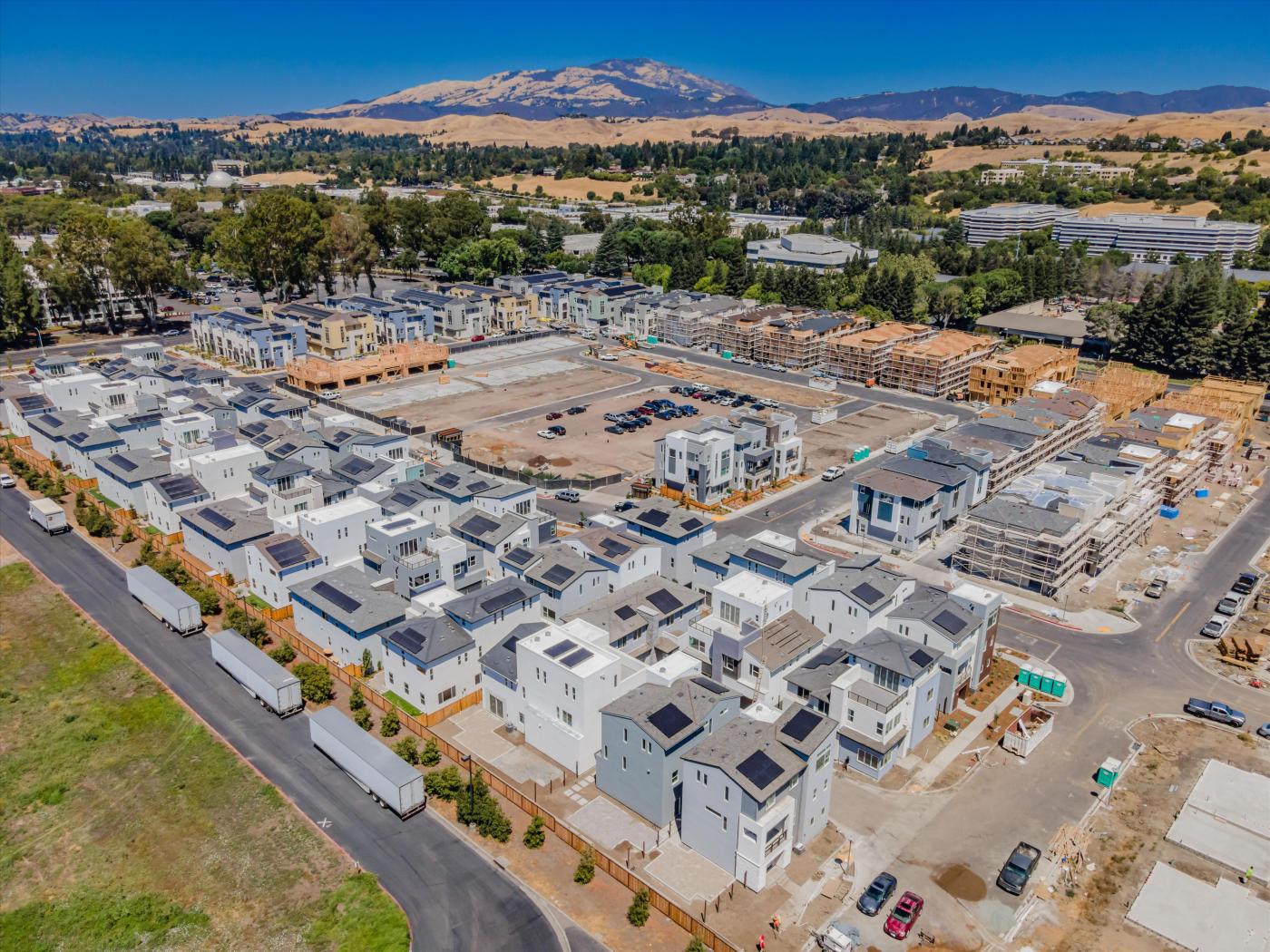
The San Ramon skyline is undergoing a subtle but significant shift, as new townhome developments reshape the landscape and the housing market. Amidst rising home prices and a persistent demand for housing in the Bay Area, these new communities offer a potential solution, while simultaneously sparking debate about affordability and community impact.
These developments represent more than just new buildings; they are a complex interplay of economic forces, community needs, and the evolving vision of San Ramon's future. This article delves into the details of these projects, examining their potential benefits and drawbacks, and exploring the perspectives of residents, developers, and city officials.
A Closer Look at the Developments
Several townhome projects are currently underway or recently completed in San Ramon. One prominent example is the "Iron Horse Village" development near the Dublin/Pleasanton BART station. This project, spearheaded by Sunrise Homes, boasts a mix of modern townhomes designed to appeal to young professionals and families.
Another significant project is the "Creekside Commons" development. It is situated near the Iron Horse Regional Trail. It offers residents convenient access to recreational amenities and outdoor spaces.
These developments typically feature a range of floor plans, high-end finishes, and community amenities such as parks, playgrounds, and swimming pools. Prices vary depending on size, location, and features, but generally start in the high $800,000s and can exceed $1.2 million.
The Appeal of Townhome Living
Townhomes offer a unique blend of features that appeal to a specific segment of the market. They often provide more living space than condominiums while requiring less maintenance than single-family homes.
This combination is particularly attractive to young families and downsizing empty-nesters. They seek a balance of space, convenience, and affordability in a competitive market.
Furthermore, the proximity to amenities, public transportation, and employment centers is a major draw for many buyers. San Ramon's central location and access to major highways make it an attractive place to live and work.
The Affordability Question
Despite the appeal of townhome living, the issue of affordability remains a significant concern. While these developments may offer a relatively more affordable option compared to single-family homes, they are still out of reach for many potential buyers in the Bay Area.
According to recent data from the Bay Area Regional Planning Agency (BARPA), the median home price in San Ramon is over $1.5 million. This highlights the ongoing challenge of providing affordable housing options in the region.
Critics argue that the focus on high-end townhomes caters primarily to affluent buyers. It does little to address the broader need for affordable housing for lower and middle-income residents.
"We need to prioritize housing solutions that address the needs of all residents, not just those at the top of the income spectrum,"stated Councilmember Sarah Miller during a recent city council meeting.
The City's Response
The City of San Ramon acknowledges the affordability challenge and has implemented several initiatives to address it. These include inclusionary zoning policies, which require developers to include a certain percentage of affordable units in new projects.
The city is also exploring options for incentivizing the development of affordable housing through tax breaks and other financial incentives. The Housing Element of the City's General Plan outlines a comprehensive strategy for addressing the housing needs of all residents.
However, some argue that these efforts are not enough to keep pace with the growing demand for affordable housing. They advocate for more aggressive policies and greater investment in affordable housing programs.
Community Impact and Development Concerns
The influx of new residents brought by these townhome developments also raises concerns about community impact. Increased traffic congestion, strain on local schools, and the potential for overcrowding are all potential challenges.
Some residents have expressed concerns about the impact of these developments on the character of their neighborhoods. They worry about the loss of open space and the potential for increased noise and pollution.
Developers are working to mitigate these concerns through careful planning, community engagement, and investments in infrastructure improvements. They also emphasize the economic benefits of new development, including job creation and increased tax revenue for the city.
A Balanced Perspective
It's important to consider the perspectives of both residents and developers in evaluating the impact of these townhome projects. While concerns about affordability and community impact are valid, new development can also bring significant benefits.
New housing helps to alleviate the housing shortage. It can attract new businesses and residents to the city. It also increases the tax base and provides resources for public services.
Finding a balance between growth and preservation is crucial for ensuring a sustainable and vibrant future for San Ramon. Open communication and collaboration between residents, developers, and city officials are essential for achieving this balance.
Looking Ahead
The development of new townhomes in San Ramon is likely to continue in the coming years, driven by ongoing demand for housing and the city's strategic location in the Bay Area. The key challenge will be to ensure that this development is sustainable, equitable, and addresses the needs of all residents.
The city's Housing Element will play a crucial role in guiding future development. It will promote affordability, and mitigate potential negative impacts. Monitoring the effectiveness of existing policies and adapting to changing market conditions will be essential.
Ultimately, the success of these new townhome developments will depend on a collaborative effort to create a community that is both thriving and inclusive. San Ramon must continue to innovate and adapt to meet the evolving needs of its residents in the face of ongoing growth and change.

